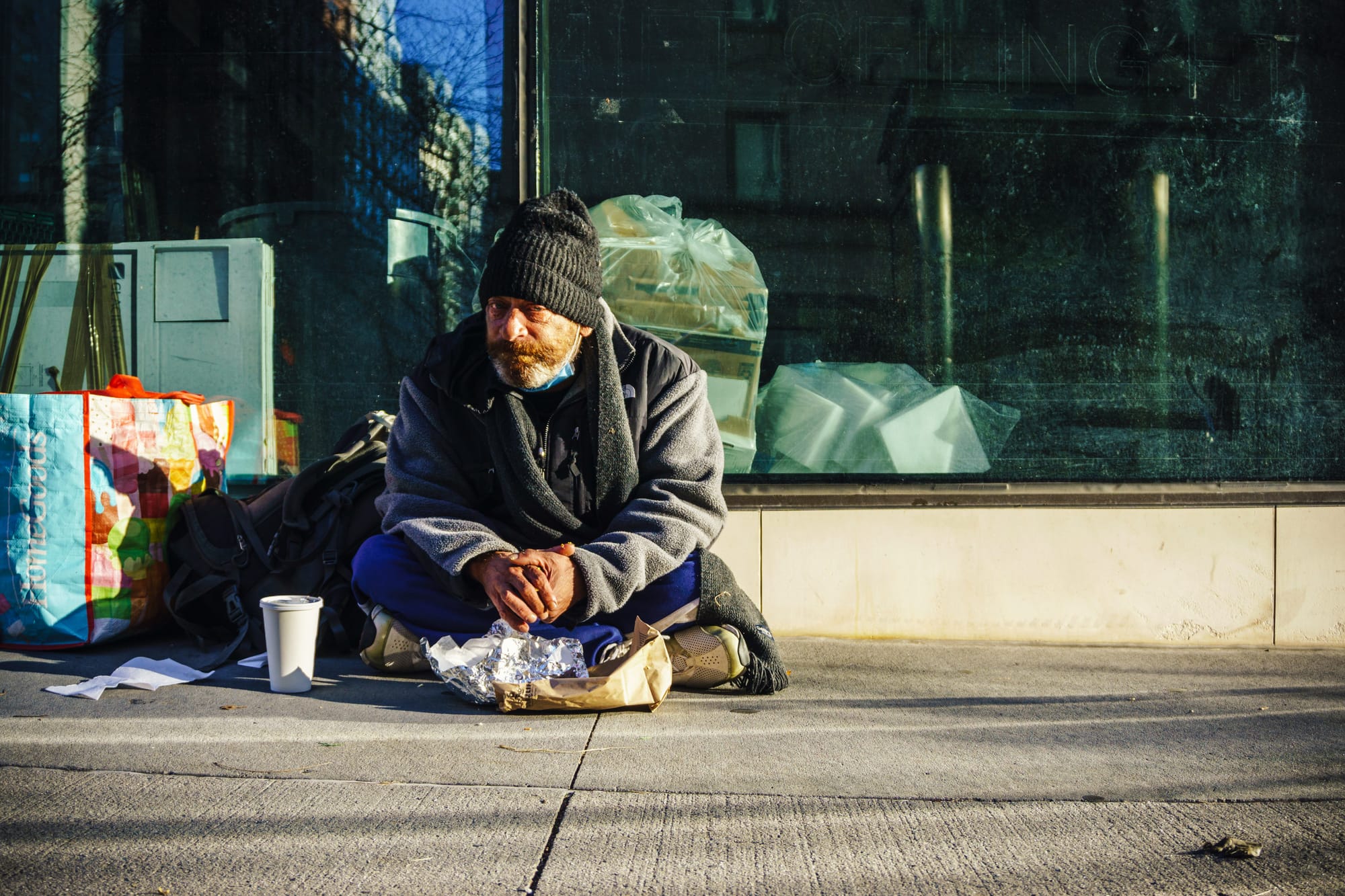Late last month, the Supreme Court heard the case of City of Grants Pass, Oregon v. Johnson, which could have a significant impact on how states and localities deal with the growing problem of homelessness.
According to point-in-time estimates, there are approximately 500-600 homeless people in Grants Pass, a considerable burden for a town of fewer than 40,000 residents. The town responded by effectively banning sleeping or camping in public spaces. Penalties range from fines of $295 per offense to jail time.
The legal arguments largely turned on questions of whether the law punished conduct or the “status” of being homeless, and whether it violates the Eighth Amendment's prohibition on “cruel and unusual punishment.” The Court will likely release its opinion in June, but it appears that a majority of justices are leaning in favor of upholding the ordinance.
Regardless of the legal outcome of this particular case, questions about whether the policy is the best approach to solving homelessness remain. Then again, the city is not really trying to solve the problem. As one Grants Pass city councilor put it, “The point is to make it so uncomfortable for them in our city so that they will want to move on down the road.”
Of course, localities have good reason to be concerned about homeless camps. Concentrations of homeless people can negatively affect tourism, street-level retail businesses, and other economic activity. People are less likely to visit an area where they encounter petty crime and must avoid feces in the streets. Camping, sleeping, and aggressive panhandling discourages other citizens from using those spaces. There are many reasons for San Francisco’s empty downtown storefronts, but the city’s enormous homeless population is certainly a contributing factor.
The homeless are more likely to be the victims of crime than perpetrators —frequently at the hands of other homeless—but they are nevertheless disproportionately likely to be involved in criminal activity. This is true even if you take out substance abuse and “status offenses” related to the state of being homeless. A study by the San Diego District Attorney’s Office, for example, found that homeless individuals were substantially more likely to be arrested for such crimes as robbery, burglary, assault, arson, and vandalism than the population as a whole.
Grants Pass does not have any public homeless shelters, though there is a small private religiously based shelter. Other services for the homeless are minimal.
Unfortunately, this dearth of services is common in communities nationwide. Nationally, there are beds available for only about 55 percent of homeless adults on a given night—a shortage of around 188,000 beds. Moreover, shelter capacity does not always line up neatly with need. Some communities may have excess beds available, while others are experiencing deep shortages. According to the Coalition on Homelessness, as many as 4,000 people are forced to sleep on the street each night in San Francisco because shelters are full.
Mental health and substance abuse treatment is also often hard to come by. For instance, a 2018 audit found that San Francisco failed to offer any continuing services to 38 percent of those discharged after psychiatric emergencies, thereby increasing their likelihood of returning to the street. San Francisco reportedly also has a waiting list of more than 500 people for methadone or residential treatment for substance abuse. Similar shortages can be found in most major cities.
At the same time, restrictive zoning ordinances and other regulations drive up the cost of housing. Numerous studies show a relationship between rising housing costs and the rate of homelessness. For instance, a 2017 study by Kevin Corinth of the American Enterprise Institute found that a one percent increase in median rent was associated with a one percent increase in the rate of homelessness. According to the White House Council of Economic Advisers, if the 11 metropolitan areas with the most significantly supply-constrained housing markets were deregulated, overall homelessness in the United States would fall by 13 percent, and by even larger amounts in those areas.
According to a 2017 Cato Institute study, Oregon has the nation’s 15th most restrictive zoning and land use policies. Grants Pass has a rental vacancy rate of less than one percent, and a median monthly rent of roughly $1,000 for a one bedroom apartment, which is unaffordable for most low-income families.
If states and localities—including Grants Pass—truly wish to solve the tragedy of homelessness, there are positive, proven, and innovative policies that they can pursue. These include:
- Investing in treatment. Invest in shelters, mental health programs, and substance abuse services;
- Building more housing. Reduce housing costs by removing barriers to new construction such as exclusionary zoning rules;
- Reestablishing institutional care. Enact stricter conservatorship laws to require homeless people who are unable to care for themselves to seek shelter or treatment, including involuntary institutionalization where necessary, while also protecting their autonomy and civil liberties;
- Enacting broader social mobility policies. Evaluate efforts to deal with homelessness in the broad context of reducing poverty
Homelessness is a complex and growing problem with negative consequences for people experiencing homelessness and the surrounding community. Fortunately, however, there are proven solutions that can make a real difference—if policymakers and activists focus rigorously on the evidence for what works.


